Many families are having difficulty balancing shifting (and often unclear) social distancing expectations as restrictions begin to lift and invitations to social events start rolling in. In particular, families with members who have medical conditions or compromised immune systems may feel less comfortable taking on the risk of possible exposure to the coronavirus (COVID-19). Many patients have also been instructed by their medical providers to be more cautious during this time and to return more slowly to social activities. Even for some healthy, relatively “low risk” families, aversion to risk and personal anxiety or worry about COVID-19 may drive them to maintain more restrictive precautions.
So how do families continue social distancing without alienating family and friends who are asking them to expand their circle, engage in group activities, visit, go swimming or take trips? Here are some tips.
1. Set Clear Boundaries
Each family needs to feel comfortable setting their own limits. We all have the right to select the amount of risk we feel comfortable tolerating. When deciding on your boundaries, incorporate recommendations from any family member’s medical providers and current CDC guidelines, and discuss each parent’s comfort level with making any modifications for the summer.
Conflict within your own family and outside of your family will be minimized if you set clear boundaries and limits. For example, some families will choose to only do activities outside, maintaining 6 feet of distance and wearing masks. Other families may choose to expand their social circle to one other family or rotate which family members they expand their circle to and quarantine two weeks between (e.g., two weeks with maternal grandparents, then quarantine two weeks, then two weeks with paternal grandparents).
Review your family plan weekly or bi-weekly and make modifications as needed, and be sure to communicate any changes to your plan with your whole family.
2. Clearly communicate your limits with family and friends.
When discussing your boundaries with family and friends, be sure to start by communicating how important they are to you and your family and that you want to spend time with them this summer. But also let them know that you are trying to be very vigilant in keeping your family (or a particular family member with an illness) safe, so you intend to follow certain precautions.
When communicating:
- Make sure your family and friends understand that the limits you’ve set are NOT because you are trying to exclude them or do not think time with them is important.
- Share your emotions. If you feel conflicted, disappointed and sad that you are unable to do the “normal” summer activities, let them know.
- Remember, your anticipation of communicating limits to loved ones may cause you more stress and worry than necessary – they may be more understanding than you expect!
- Be clear and direct in your communication. Practicing prior to the conversation and writing notes can be helpful to stay focused and on track.
- Don’t forget to ask about the other person’s or family’s boundaries for social interactions. Engage in conversation and brainstorm things you can do together (either virtually or in person) that would align with the most restrictive family’s limits. This will help the other family feel heard and know that you are interested in respecting their boundaries as well.
- For invitations that pop up throughout the summer, respond with gratitude for the invitation, clearly communicate your family’s protective precautions and, if necessary, ask if the event can be modified. If you feel uncomfortable with the event you are invited to, propose scheduling an alternative event, perhaps at a different date or with a smaller group that follows your family’s precautions.
- Having conversations over the phone or via video chat may help to communicate your sincerity in a more personal way than email or text.
- Consider writing and posting your Family Social Plan to be sure each family member communicates the same important information to other family members/friends.
3. Plan ahead
Try to think of ways to include all important family members or close friends. Reserve dates in advance with friends to prioritize scheduling for socially distanced activities throughout the summer. You may want to consider a primary date and a rain date or come up with a creative rain plan if you plan to do activities outside. And don’t forget – it’s okay to decide at a later date the exact activity, but a reserve date in advance so everyone has it planned and has something to look forward to.
4. Get creative!
Summer should be a time for fun, relaxing, enjoying warm weather and building family memories. Find creative ways to spend time with those who are most important to your family – both those you live with (and have been quarantined with for a prolonged time) and the family and friends outside of your immediate family.
Build a list of activities that your family can do this summer. Having this list of things to look forward to will boost everyone’s mood, and you can use your list to offer creative and varied options for activities as you get requests to “hang out” with family and friends throughout the summer. You can even consider creating two lists – one for things to do as a family and the other for things to do with other people. Some ideas include:
- A socially distanced picnic (everyone brings food and stays on their own blanket).
- Hiking or biking outside.
- A socially distanced bonfire and s’mores.
- Slip and Slide races (you can use 2 sets) or sprinkler fun.
- Visiting a national park or battlefield (or another place with wide open spaces).
It’s important to continue to find connections with all family and friends, even ones that geography or medical conditions prohibit you from visiting in person. For example, take virtual field trips together (museums or zoos), play virtual games (scavenger hunts, Pictionary, Heads Up, online card games), have a virtual talent show, schedule a monthly virtual book or movie club or meet virtually for coffee.
You can also plan ahead for future plans or trips you would like to do together once all of the restrictions are lifted. This gives everyone something to look forward to!
 https://riseandshine.childrensnational.org/wp-content/uploads/2020/11/person-being-vaccinated-feature.png
300
400
Rise and Shine
https://riseandshine.childrensnational.org/wp-content/uploads/2017/11/childrens_riseandshine_logo.jpg
Rise and Shine2025-05-15 07:00:242025-05-23 10:39:33Answers to your questions about the COVID-19 vaccine and booster for children
https://riseandshine.childrensnational.org/wp-content/uploads/2020/11/person-being-vaccinated-feature.png
300
400
Rise and Shine
https://riseandshine.childrensnational.org/wp-content/uploads/2017/11/childrens_riseandshine_logo.jpg
Rise and Shine2025-05-15 07:00:242025-05-23 10:39:33Answers to your questions about the COVID-19 vaccine and booster for children


 Laura Gray, PhD, was a clinical psychologist at Children's National Hospital.
Laura Gray, PhD, was a clinical psychologist at Children's National Hospital.
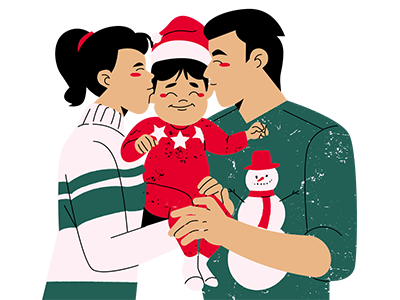




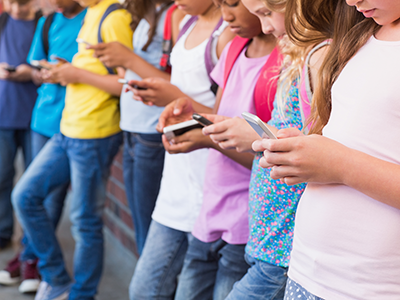
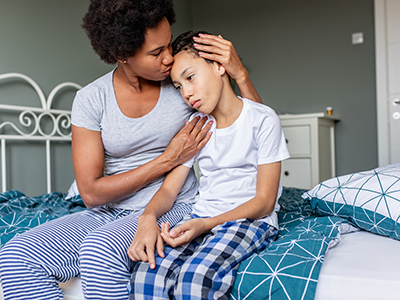
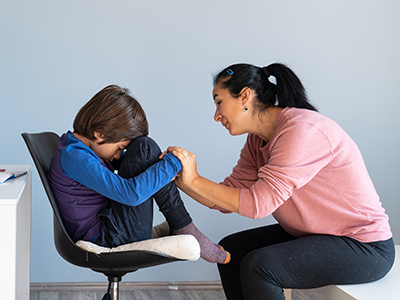




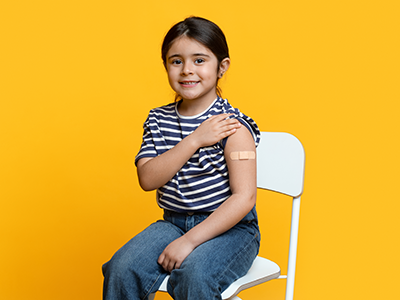


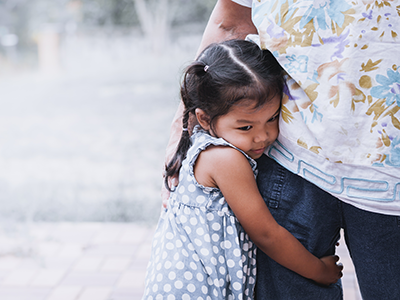

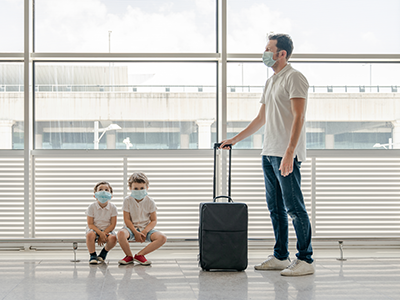
Leave a Comment
Want to join the discussion?Feel free to contribute!